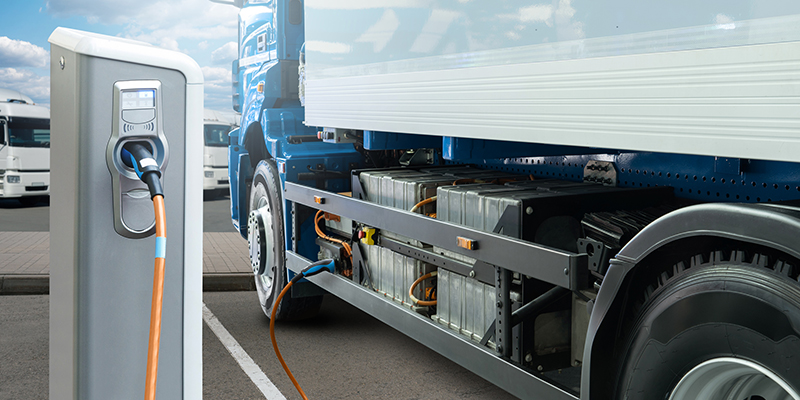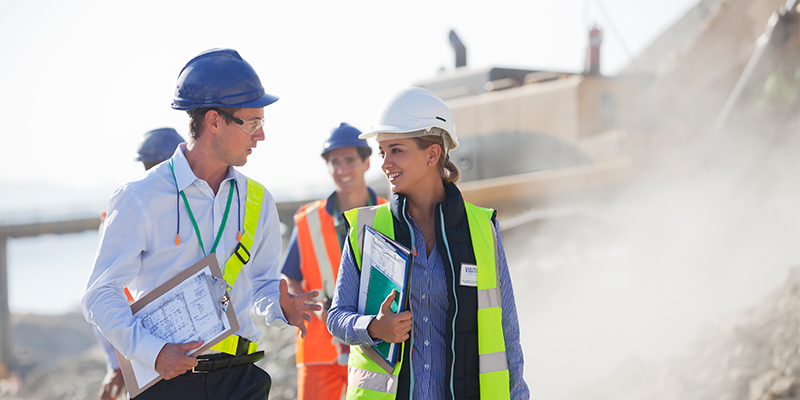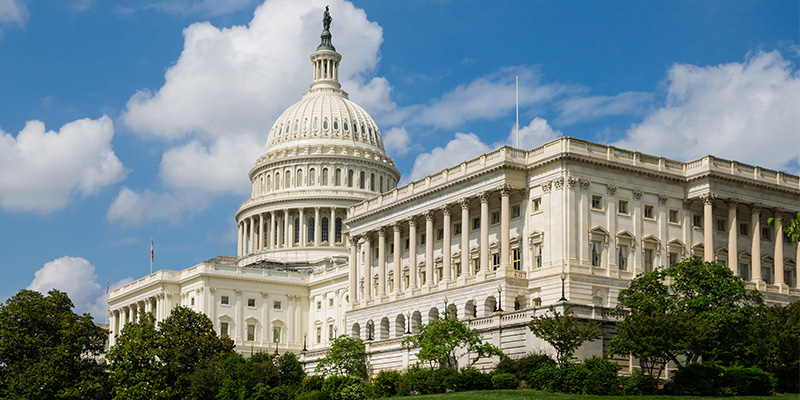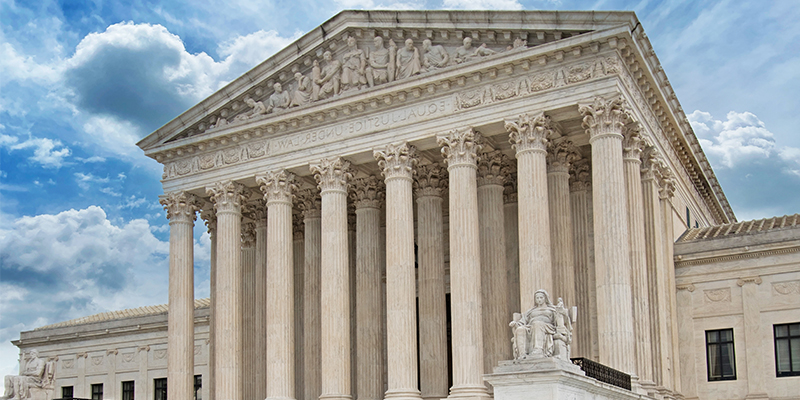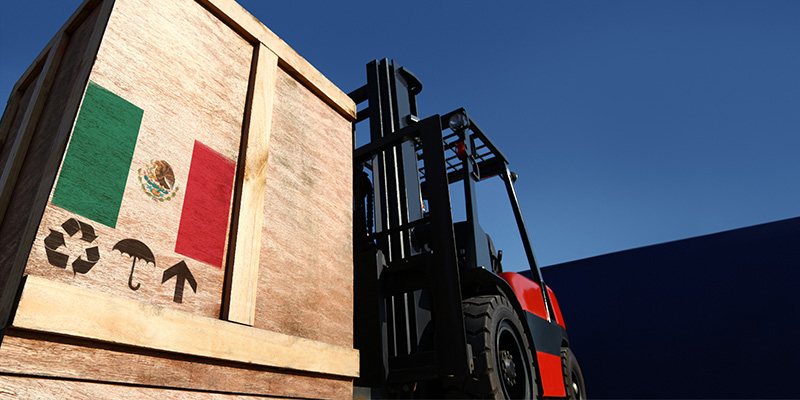Electric vehicle (EV) sales doubled from 2020 to 2021 and are forecast to reach a market share of 29.5% of total vehicle sales in the U.S. by 2030, per a recent report from Newmark. Among the key factors driving the growth of this industry: the economics of owning an EV are becoming more favorable for consumers, while conserving energy consumption is considered a key part of many companies’ environmental, social and governance (ESG) strategies.
The Newmark report notes that “recent geopolitical events have injected greater volatility into global energy markets, which may expedite public-sector and private-industry green initiatives.”
“With all of this demand, how can the supply chain keep up?” asked Matthew Wells, PE, CEM, senior managing director, Newmark, moderator of a session at NAIOP’s I.CON East: The Industrial Conference this week in Jersey City, New Jersey. The panel of experts discussed the expected acceleration of the EV and battery manufacturing industries and the anticipated impacts on industrial real estate.
The increasing use of EVs has led to urgent demand for charging stations where drivers work, shop and travel. These charging stations appeal to retailers hoping to draw in customers; the additional revenue can provide returns on the investment in charging stations.
It all starts with the customer and their experience, said Joern Tinnemeyer, chief technology officer and senior vice president, EnerSys. If the customer can’t charge their vehicle – whether due to incompatibility, a broken charging station, slow rate of charge, or some other issue – then they won’t come back to that site.
Headlines about EVs tend to focus on which automotive companies are producing which kinds of EVs, but the real story is infrastructure, according to Ben Rogers, chief development officer, Electrada. It’s critical to consider infrastructure first before ordering an EV, Rogers said, to prevent vehicles sitting idle for lack of convenient and fast charging stations.
Batteries can’t be overlooked in the EV conversation. Right now, there are tariffs on battery cells coming from China. Tesla submitted comments to the U.S. Trade Representative in December 2021 asserting that “no company in the United States is currently capable of producing artificial graphite to the required specifications and capacity needed for Tesla’s production.” Chinese EV company BYD recently announced that they anticipated making a deal with Tesla soon to help solve their battery shortage problem.
“It comes down to how quickly can you bring the manufacturing here – and not just the vehicle and battery but also upstream – everything you need,” Tinnemeyer said. The entire issue is “a multidimensional problem with no quick fix,” he added.
It’s critical to think big picture, said Scott Watkins, vice president, manufacturing, Clayco. There’s so much growth in this space, you don’t want to pigeonhole yourself for the future, he added. “The key thing is getting the right people who are knowledgeable,” Watkins said. “There are a lot of unique challenges around and the right people can help you solve them.”
This post is brought to you by JLL, the social media and conference blog sponsor of NAIOP’s I.CON East 2022. Learn more about JLL at www.us.jll.com or www.jll.ca.

